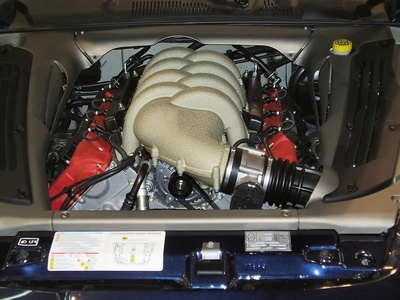
Headlines: "Magic magnet saves you fuel! Run your car on water! Make a tornado in your motor to save gas! Magnetorheological octane recompositer gives your car 345 miles per gallon (please enter card number and expiration date)!" If you're ready to get real and save gas without resorting to snake oil or devices that may or may not work on any or every car, rest assured you can utilize at least one tried and true method that will always deliver results.
The easiest way to save fuel is to simply trick your car's computer into injecting less of it. While "tuners" will tell you that you need a laptop, $700 worth of software and a bachelor's degree to alter your car's air/fuel ratio, just about anybody with average mechanical ability and $40 can do it. The solution lay in a supposedly peripheral device used to enhance one classically dubious fuel saver, the HHO (oxyhydrogen) fuel booster. While HHO boosters can (in some cases) increase fuel mileage, the Electronic Fuel Injection Enhancers (EFIEs) used to compensate for the addition of oxyhydrogen gas will do the deed without fail. EFIEs intercept the signal from your car's oxygen (O2) sensor and mass air fuel (MAF) sensor to trick the computer into running a leaner air/fuel ratio.
If you're electronically apt and don't mind spending two days soldering on a PCB, then you can build a complete DIY EFIE with basic Radio Shack parts (see "Resources" for plans). If, however, you don't already know that "PCB" stands for "printed circuit board," then you'd be far better off just laying down between $40 and $80 for a pre-built dual-channel EFIE. Dual Edge and Fuelsaver-mpg.com both sell reasonably priced and quality units.
Kit instructions will vary; basically, however, first disconnect the O2 sensor's wiring harness and extend the computer's and O2 sensor's wiring harness wires into the cab of your car. Do the same with the MAF sensor wire. Connect the MAF and O2 sensor wires to the input ports on the EFIE, and wire the output ports to the respective computer wires. The knobs on the front of the EFIE will allow you to raise or lower the air/fuel ratio to whatever degree you require.
From the factory, most vehicles are pre-set to 14.3 to 14.7 parts air to one part fuel. While this is a fine ratio for emissions, the best ratio for fuel economy is significantly higher. Technically speaking, the higher the A/F ratio the better your fuel mileage, but most cars can only handle about 16:1 before overheating or engine damage results. However, even at 16:1 you're looking at 11-percent-less fuel injected than at 14.3:1. Fuel mileage increases should be about linear to the change in A/F ratio. Your car might tolerate a higher A/F ratio, but proceed with caution.